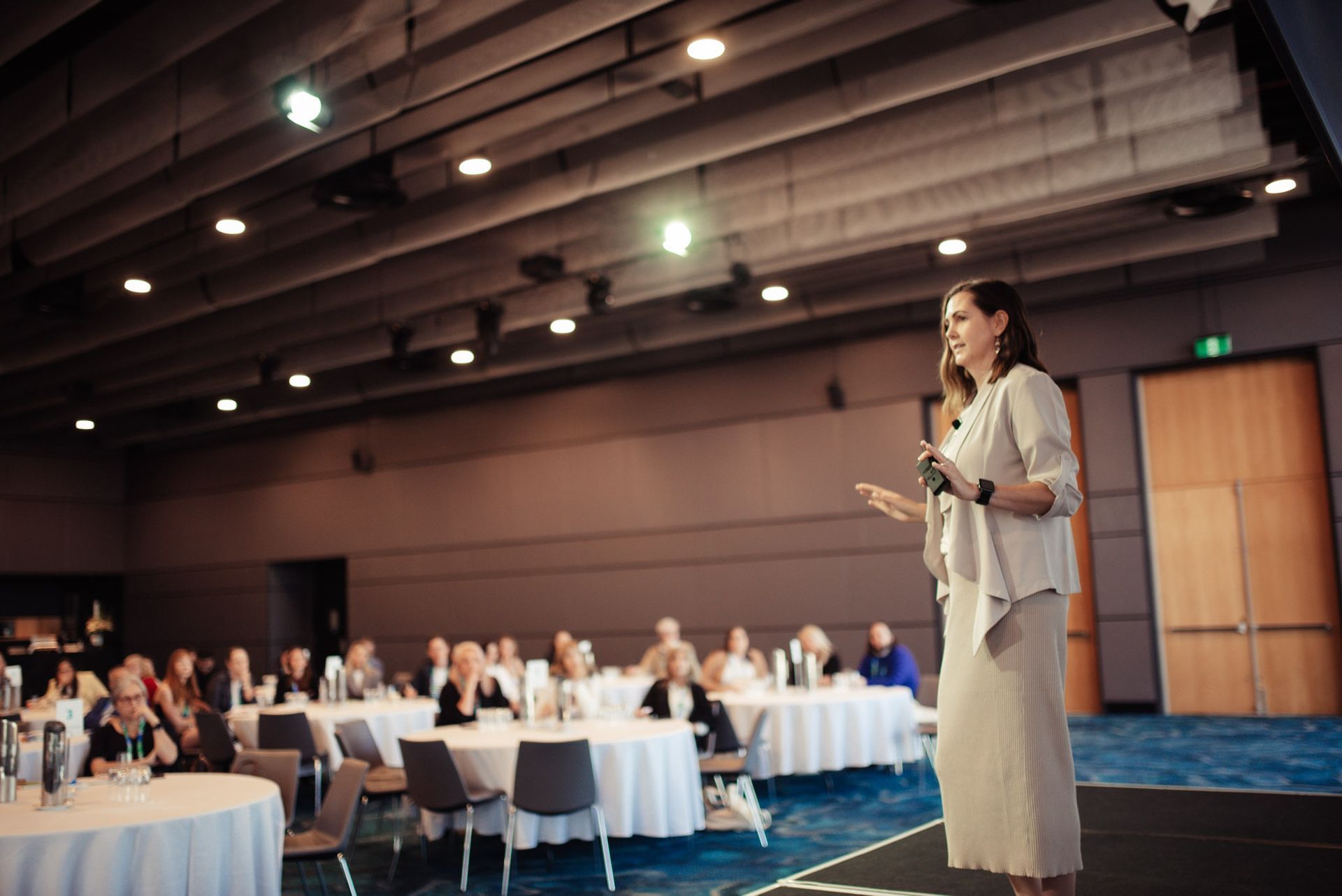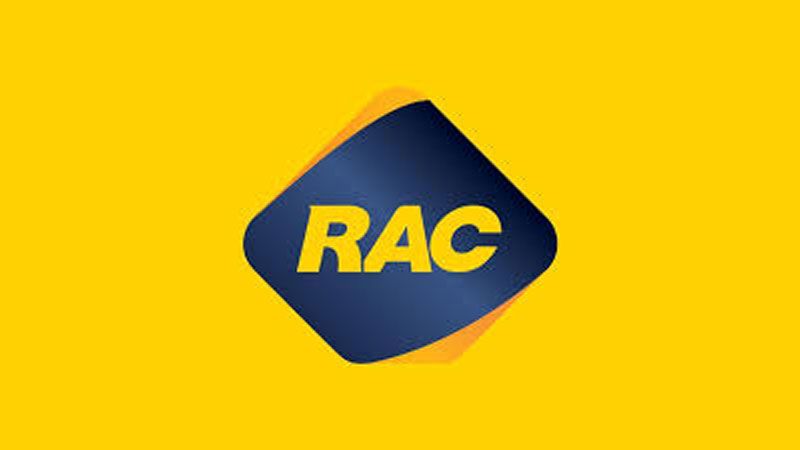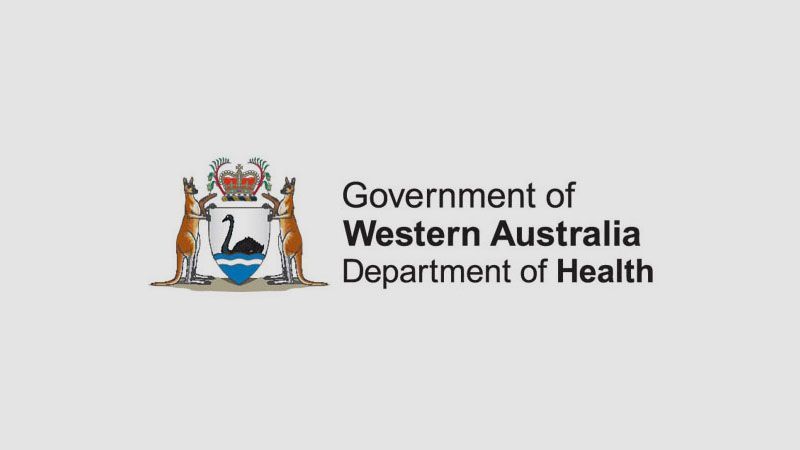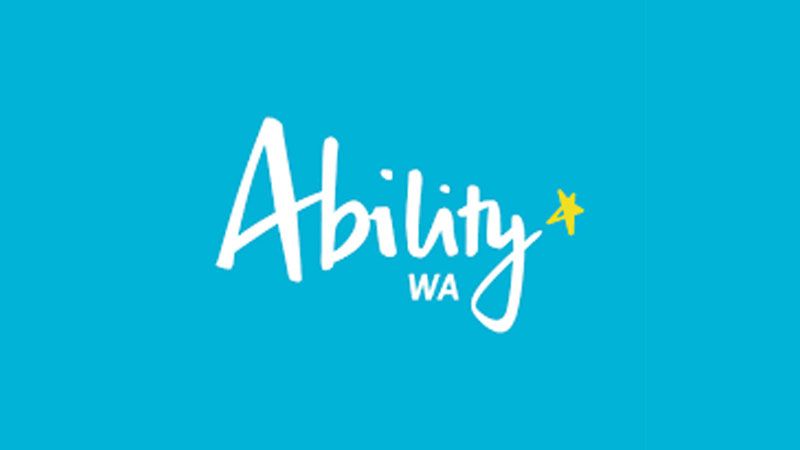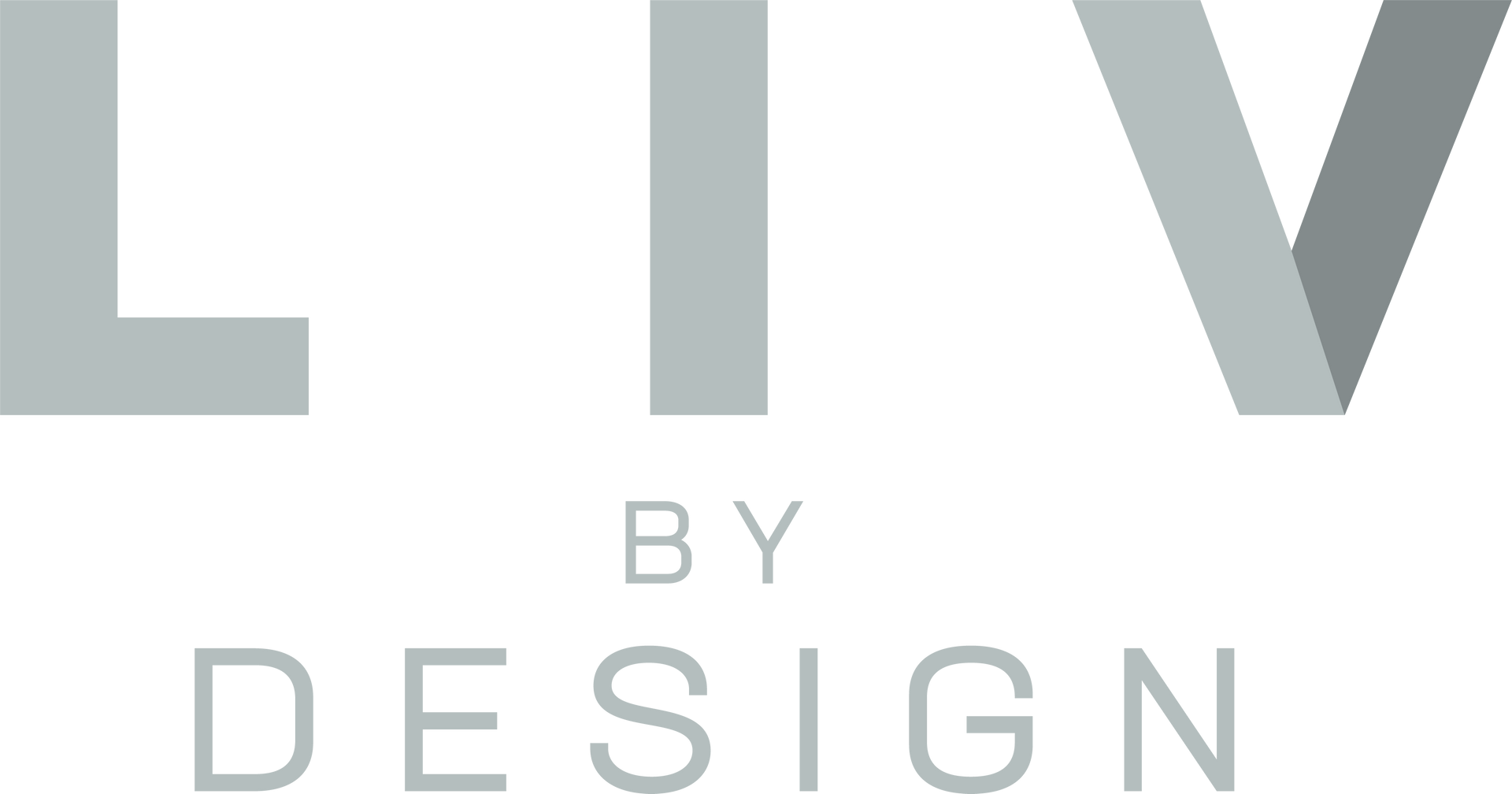Unlocking High Performance: The Team Dynamics Framework™ for Building Thriving Teams
How Designing Team Dynamics Can Eliminate Friction, Boost Productivity, and Drive Business Success
Did you know that 86% of employees and executives cite lack of collaboration or ineffective communication as the root cause of workplace failures? (Deloitte, Global Human Capital Trends Report). Poor team dynamics don’t just hurt morale—they hurt your bottom line.
The key difference between high-performing teams and those stuck in dysfunction often comes down to one thing: team dynamics.
The way individuals interact, communicate, and collaborate can either propel your business forward or hold it back.
But here’s the good news: team dynamics aren’t fixed. They can be diagnosed, designed, and transformed to unlock unprecedented levels of performance. That’s exactly why I developed the Team Dynamics Framework™—a proven, 3-step process to help businesses build thriving teams.
The Cost of Poor Team Dynamics
Before we dive into the framework, let’s talk about the cost of getting team dynamics wrong.
Teams with poor communication and collaboration are 50% less likely to achieve their performance goals (Gallup, State of the Workplace Report). Imagine this: one ineffective middle manager or a few disengaged team members can bring an entire team’s performance to a standstill. Miscommunication, lack of trust, and conflicting priorities create friction that slows decision-making, stifles innovation, and erodes morale.
The result? Missed deadlines, lost opportunities, and a revolving door of talent. In fact, companies with poor team dynamics experience up to 50% higher turnover rates (Harvard Business Review, The High Cost of a Toxic Workplace Culture).
The question is, can your business afford to ignore the impact of team friction?
Introducing the Team Dynamics Framework™
After years of working with businesses to solve these challenges, I developed the Team Dynamics Framework™—a proven, 3-step process to diagnose, design, and drive high-performing teams.
This framework isn’t just about fixing problems; it’s about creating teams that thrive. Here’s how it works:
Step 1: Diagnose the Frictions
The first step in transforming team dynamics is to identify the root causes of friction.
Every team has its unique challenges, whether it’s miscommunication, lack of trust, or misaligned priorities. Through assessments, observations, and candid conversations, we uncover the hidden frictions that are holding your team back.
For example, one of my clients—a mid-sized company in health—was struggling with missed deadlines and low morale. After diagnosing the frictions, we discovered that unclear communication channels and a lack of psychological safety were the root causes.
Step 2: Design the Dynamics
Once we’ve identified the frictions, the next step is to design tailored strategies to improve team dynamics.
This isn’t a one-size-fits-all approach. Every team is unique, which is why the Team Dynamics Framework™ is designed to address your team’s specific needs and goals.
For the health company I mentioned earlier, we implemented strategies to:
- Build psychological safety, encouraging team members to share ideas and take risks.
- Improve communication channels, ensuring everyone was aligned and informed.
- Align team priorities, so everyone was working toward the same objectives.
Step 3: Drive the Outcomes
The final step is to implement and embed new behaviours and systems to sustain high performance.
Transforming team dynamics isn’t a one-time fix—it’s about creating lasting change. This step ensures that the improvements we’ve made become part of your team’s DNA.
For the tech company, the results were transformative:
- A 83% decrease in absenteeism and turnover.
- A 26% improvement in employee engagement scores.
- A 15% boost in team productivity within six months.
The Business Impact: Why Team Dynamics Matter
The impact of strong team dynamics goes far beyond morale. Highly engaged teams show 21% greater productivity, and 22% higher profitability compared to disengaged teams (Gallup, Employee Engagement Meta-Analysis).
When teams work in flow, not friction, the benefits to your business are undeniable:
- Improved Productivity: Teams that communicate effectively and trust each other get more done in less time.
- Higher Retention: Employees are more likely to stay in an environment where they feel valued and supported.
- Increased Profitability: High-performing teams drive better business outcomes, from faster decision-making to higher-quality outputs.
In fact, companies that invest in team development see a 10% increase in revenue and a 20% increase in employee retention (Forbes, The ROI of Employee Engagement and Development).
In short, when your teams thrive, your business thrives.
What could your business achieve with teams that work in flow, not friction?
If you’re ready to transform your team dynamics and unlock high performance, I invite you to join a new initiative I've created this year. It's called Thrive in 25—and it's designed to give you access to tools, resources, support as well as connect you with other like-minded business leaders and owners.
Don’t wait for team friction to hit your bottom line. Join the waitlist today and take the first step toward building thriving teams.
Ready to transform your team dynamics and unlock productivity? Join the waitlist for Thrive in 25 today and take the first step toward building a high-performing, friction-free team.
References:
- Deloitte, Global Human Capital Trends Report
- Gallup, State of the Global Workplace Report
- Harvard Business Review, The High Cost of a Toxic Workplace Culture
- Gallup, Employee Engagement Meta-Analysis
- Forbes, The ROI of Employee Engagement and Development
About Me:
I’m Olivia O'Connor, the founder of Liv By Design and a trusted advisor to high-performing businesses. I specialise in transforming team dynamics to eliminate friction, boost productivity, and drive measurable business results.
My proven Team Dynamics Framework™ has helped leaders across industries build thriving teams that deliver exceptional outcomes. If you’re ready to turn your people challenges into competitive advantages, let’s chat!
